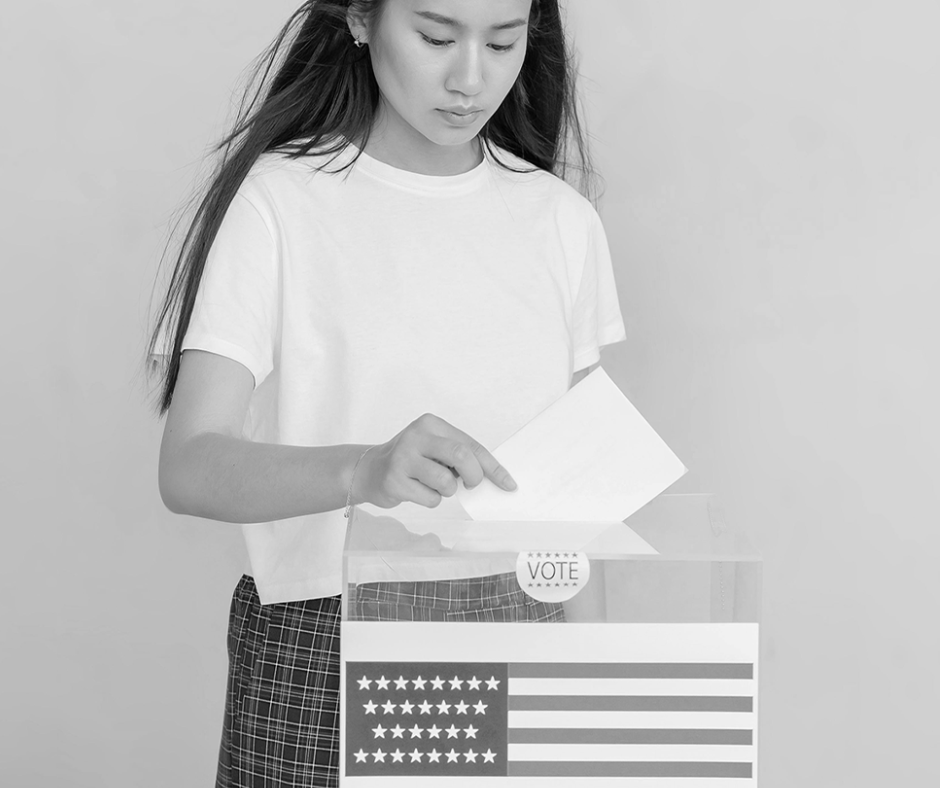| Unit Introduction |
Resources
|
| How do political parties influence and facilitate political participation in the United States? |
Resources
Supplemental Resources:
|
| How do voting laws and electoral systems impact democratic participation in the United States? |
Resources
Supplemental Resources:
|
| How does engagement with civil society and local political institutions empower citizens to address community challenges and shape their local environments?
|
Resources
Supplemental Resources
|
| How do interest groups, campaign finance, and evolving media landscapes influence public opinion, policy-making, and political polarization in modern governance? |
Resources
Supplemental Resources
|
| Assessments
|
|
